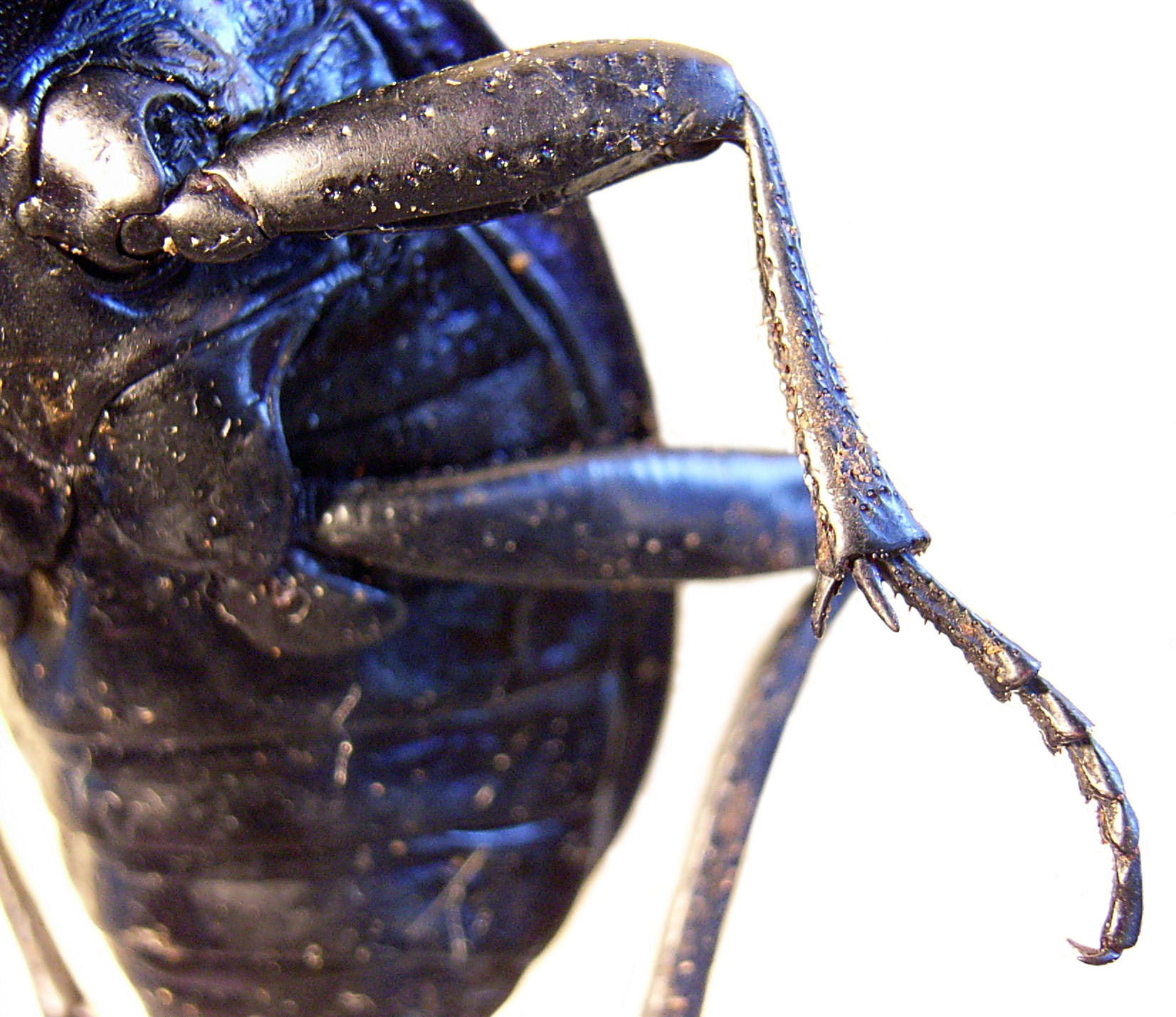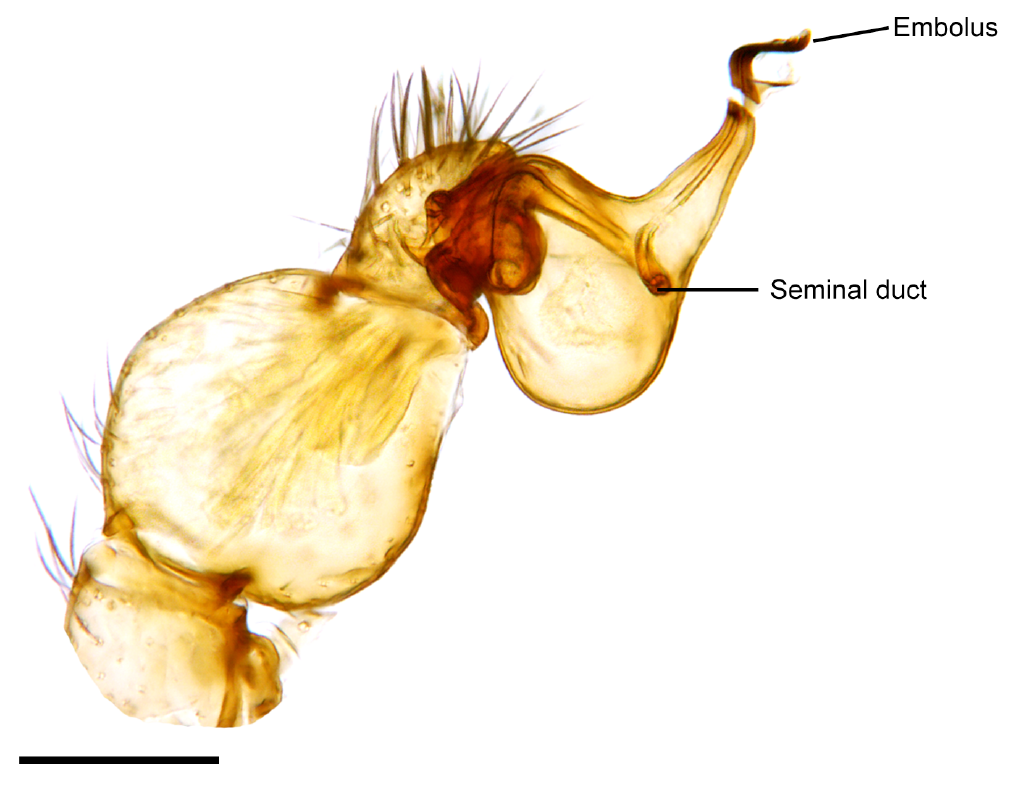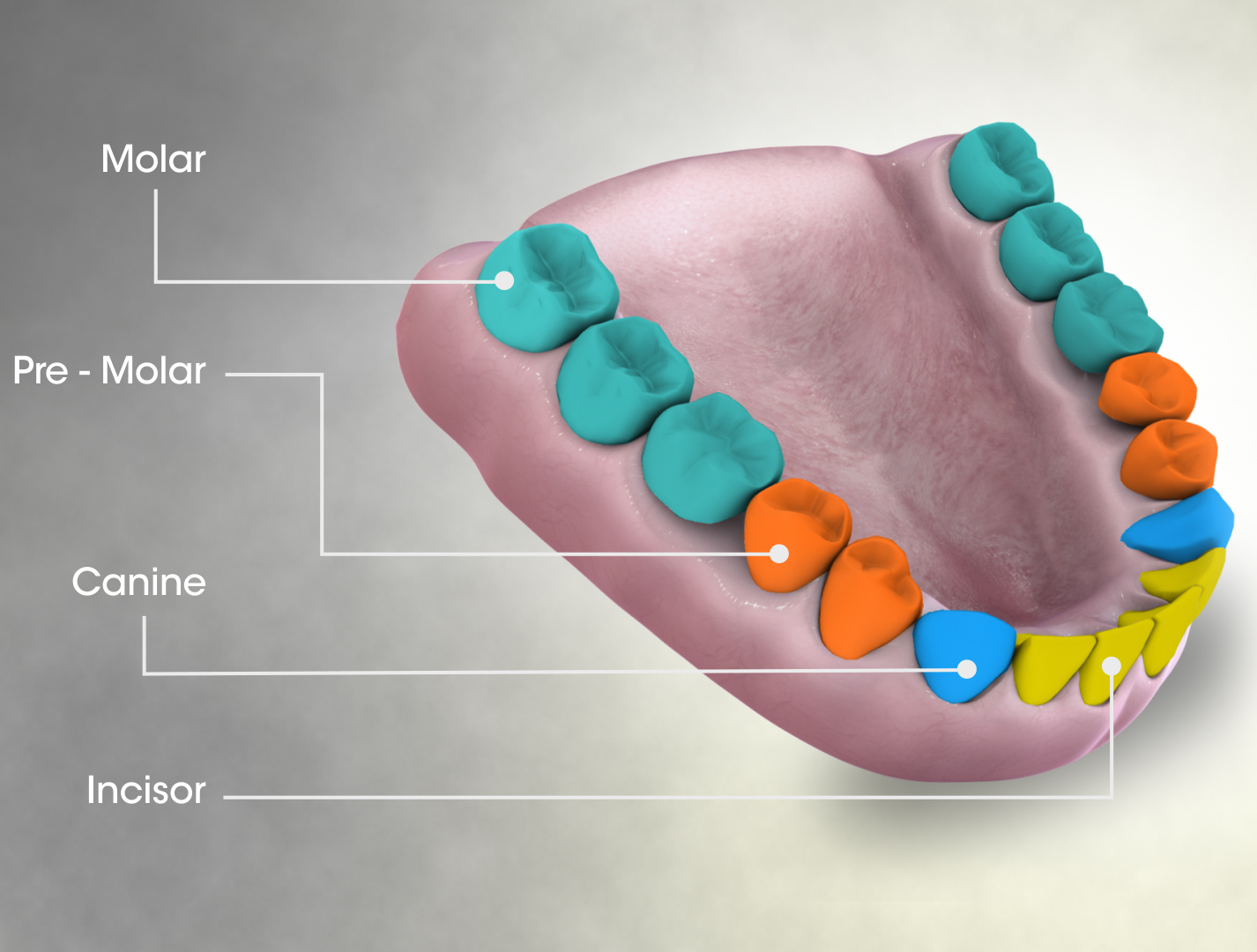|
Procaris Hawaiana
''Procaris hawaiana'' is a species of shrimp in the family Procarididae, from Maui, Hawaii. The species is very similar to ''Procaris ascensionis'' from Ascension Island. In ''P. ascensionis'' the integument is less firm, the rostrum is shorter, the cervical groove is more distinct, and the third abdominal somite reaches less far posteriorly over the fourth; also the scaphocerite has the final tooth still less distinct than in ''P. hawaiana'', and the last segment of its antennal peduncle is less slender. Description The rostrum is short and pointed, it reaches just beyond the eyes. In lateral view it is slender, and tapers regularly towards the tip. In dorsal view it is elongate triangular and its lateral margins merge gradually with the orbital margin. The carapace bears no spines or carinae, only a narrow and shallow cervical groove is visible, which does not reach the dorsum. The abdominal somites are smooth. The first has the pleura large and rounded. The pleura ... [...More Info...] [...Related Items...] OR: [Wikipedia] [Google] [Baidu] |
Lipke Holthuis
Lipke Bijdeley Holthuis (21 April 1921 – 7 March 2008) was a Dutch carcinologist, considered one of the "undisputed greats" of carcinology, and "the greatest carcinologist of our time". Holthuis was born in Probolinggo, East Java and obtained his doctorate from Leiden University on 23 January 1946. He was appointed the assistant curator of the ''Rijksmuseum van Natuurlijke Historie'' (now '' Naturalis'') in Leiden in 1941. He was the most prolific carcinologist of the 20th century, publishing 620 papers (108 of which were in the Leiden Museum Journals) totalling 12,795 pages which is an average of 185 pages per year and an average of approximately 21 pages per paper. These were published on many groups of crustacean Crustaceans (Crustacea, ) form a large, diverse arthropod taxon which includes such animals as decapods, seed shrimp, branchiopods, fish lice, krill, remipedes, isopods, barnacles, copepods, amphipods and mantis shrimp. The crustacean gro ...s, their na ... [...More Info...] [...Related Items...] OR: [Wikipedia] [Google] [Baidu] |
Cornea
The cornea is the transparent front part of the eye that covers the iris, pupil, and anterior chamber. Along with the anterior chamber and lens, the cornea refracts light, accounting for approximately two-thirds of the eye's total optical power. In humans, the refractive power of the cornea is approximately 43 dioptres. The cornea can be reshaped by surgical procedures such as LASIK. While the cornea contributes most of the eye's focusing power, its focus is fixed. Accommodation (the refocusing of light to better view near objects) is accomplished by changing the geometry of the lens. Medical terms related to the cornea often start with the prefix "'' kerat-''" from the Greek word κέρας, ''horn''. Structure The cornea has unmyelinated nerve endings sensitive to touch, temperature and chemicals; a touch of the cornea causes an involuntary reflex to close the eyelid. Because transparency is of prime importance, the healthy cornea does not have or need blood vess ... [...More Info...] [...Related Items...] OR: [Wikipedia] [Google] [Baidu] |
Carpal Bones
The carpal bones are the eight small bones that make up the wrist (or carpus) that connects the hand to the forearm. The term "carpus" is derived from the Latin carpus and the Greek καρπός (karpós), meaning "wrist". In human anatomy, the main role of the wrist is to facilitate effective positioning of the hand and powerful use of the extensors and flexors of the forearm, and the mobility of individual carpal bones increase the freedom of movements at the wrist.Kingston 2000, pp 126-127 In tetrapods, the carpus is the sole cluster of bones in the wrist between the radius and ulna and the metacarpus. The bones of the carpus do not belong to individual fingers (or toes in quadrupeds), whereas those of the metacarpus do. The corresponding part of the foot is the tarsus. The carpal bones allow the wrist to move and rotate vertically. Structure Bones The eight carpal bones may be conceptually organized as either two transverse rows, or three longitudinal columns. Wh ... [...More Info...] [...Related Items...] OR: [Wikipedia] [Google] [Baidu] |
Dactylus
The dactylus is the tip region of the tentacular club of cephalopods and of the leg of some crustaceans (see arthropod leg). In cephalopods, the dactylus is narrow and often characterized by the asymmetrical placement of suckers (i.e., the ventral expansion of the club) and the absence of a dorsal protective membrane. In crustaceans, the dactylus is the seventh and terminal segment of their thoracic appendages. In certain instances the dactylus, together with the propodus, form the claw. The term ''dactylus'' means "finger" in Greek Greek may refer to: Greece Anything of, from, or related to Greece, a country in Southern Europe: *Greeks, an ethnic group. *Greek language, a branch of the Indo-European language family. **Proto-Greek language, the assumed last common ancestor .... References Cephalopod zootomy Crustacean anatomy {{Animal anatomy-stub ... [...More Info...] [...Related Items...] OR: [Wikipedia] [Google] [Baidu] |
Exopod
The arthropod leg is a form of jointed appendage of arthropods, usually used for walking. Many of the terms used for arthropod leg segments (called podomeres) are of Latin origin, and may be confused with terms for bones: ''coxa'' (meaning hip, plural ''coxae''), ''trochanter'', ''femur'' (plural ''femora''), ''tibia'' (plural ''tibiae''), ''tarsus'' (plural ''tarsi''), ''ischium'' (plural ''ischia''), ''metatarsus'', ''carpus'', ''dactylus'' (meaning finger), ''patella'' (plural ''patellae''). Homologies of leg segments between groups are difficult to prove and are the source of much argument. Some authors posit up to eleven segments per leg for the most recent common ancestor of extant arthropods but modern arthropods have eight or fewer. It has been argued that the ancestral leg need not have been so complex, and that other events, such as successive loss of function of a ''Hox''-gene, could result in parallel gains of leg segments. In arthropods, each of the leg segments art ... [...More Info...] [...Related Items...] OR: [Wikipedia] [Google] [Baidu] |
Maxilliped
An appendage (or outgrowth) is an external body part, or natural prolongation, that protrudes from an organism's body. In arthropods, an appendage refers to any of the homologous body parts that may extend from a body segment, including antennae, mouthparts (including mandibles, maxillae and maxillipeds), gills, locomotor legs (pereiopods for walking, and pleopods for swimming), sexual organs ( gonopods), and parts of the tail ( uropods). Typically, each body segment carries one pair of appendages. An appendage which is modified to assist in feeding is known as a maxilliped or gnathopod. In vertebrates, an appendage can refer to a locomotor part such as a tail, fins on a fish, limbs ( legs, flippers or wings) on a tetrapod; exposed sex organ; defensive parts such as horns and antlers; or sensory organs such as auricles, proboscis (trunk and snout) and barbels. Appendages may become ''uniramous'', as in insects and centipedes, where each appendage co ... [...More Info...] [...Related Items...] OR: [Wikipedia] [Google] [Baidu] |
Endite
The arthropod leg is a form of jointed appendage of arthropods, usually used for walking. Many of the terms used for arthropod leg segments (called podomeres) are of Latin origin, and may be confused with terms for bones: ''coxa'' (meaning hip, plural ''coxae''), ''trochanter'', ''femur'' (plural ''femora''), ''tibia'' (plural ''tibiae''), ''tarsus'' (plural ''tarsi''), ''ischium'' (plural ''ischia''), ''metatarsus'', ''carpus'', ''dactylus'' (meaning finger), ''patella'' (plural ''patellae''). Homologies of leg segments between groups are difficult to prove and are the source of much argument. Some authors posit up to eleven segments per leg for the most recent common ancestor of extant arthropods but modern arthropods have eight or fewer. It has been argued that the ancestral leg need not have been so complex, and that other events, such as successive loss of function of a ''Hox''-gene, could result in parallel gains of leg segments. In arthropods, each of the leg segments art ... [...More Info...] [...Related Items...] OR: [Wikipedia] [Google] [Baidu] |
Maxilla
The maxilla (plural: ''maxillae'' ) in vertebrates is the upper fixed (not fixed in Neopterygii) bone of the jaw formed from the fusion of two maxillary bones. In humans, the upper jaw includes the hard palate in the front of the mouth. The two maxillary bones are fused at the intermaxillary suture, forming the anterior nasal spine. This is similar to the mandible (lower jaw), which is also a fusion of two mandibular bones at the mandibular symphysis. The mandible is the movable part of the jaw. Structure In humans, the maxilla consists of: * The body of the maxilla * Four processes ** the zygomatic process ** the frontal process of maxilla ** the alveolar process ** the palatine process * three surfaces – anterior, posterior, medial * the Infraorbital foramen * the maxillary sinus * the incisive foramen Articulations Each maxilla articulates with nine bones: * two of the cranium: the frontal and ethmoid * seven of the face: the nasal, zygomatic, lacrimal, ... [...More Info...] [...Related Items...] OR: [Wikipedia] [Google] [Baidu] |
Palpus
Pedipalps (commonly shortened to palps or palpi) are the second pair of appendages of chelicerates – a group of arthropods including spiders, scorpions, horseshoe crabs, and sea spiders. The pedipalps are lateral to the chelicerae ("jaws") and anterior to the first pair of walking legs. Overview Pedipalps are composed of six segments or articles: the coxa, the trochanter, the femur, the short patella, the tibia, and the tarsus. In spiders, the coxae frequently have extensions called maxillae or gnathobases, which function as mouth parts with or without some contribution from the coxae of the anterior legs. The limbs themselves may be simple tactile organs outwardly resembling the legs, as in spiders, or chelate weapons ( pincers) of great size, as in scorpions. The pedipalps of Solifugae are covered in setae, but have not been studied in detail. Comparative studies of pedipalpal morphology may suggest that leg-like pedipalps are primitive in arachnids. At present, the only re ... [...More Info...] [...Related Items...] OR: [Wikipedia] [Google] [Baidu] |
Molar (tooth)
The molars or molar teeth are large, flat teeth A tooth ( : teeth) is a hard, calcified structure found in the jaws (or mouths) of many vertebrates and used to break down food. Some animals, particularly carnivores and omnivores, also use teeth to help with capturing or wounding prey, te ... at the back of the mouth. They are more developed in mammal, mammals. They are used primarily to comminution, grind food during mastication, chewing. The name ''molar'' derives from Latin, ''molaris dens'', meaning "millstone tooth", from ''mola'', millstone and ''dens'', tooth. Molars show a great deal of diversity in size and shape across mammal groups. The third molar of humans is sometimes vestigial. Human anatomy In humans, the molar teeth have either four or five cusp (dentistry), cusps. Adult humans have 12 molars, in four groups of three at the back of the mouth. The third, rearmost molar in each group is called a Third molar, wisdom tooth. It is the last tooth to appear, ... [...More Info...] [...Related Items...] OR: [Wikipedia] [Google] [Baidu] |







